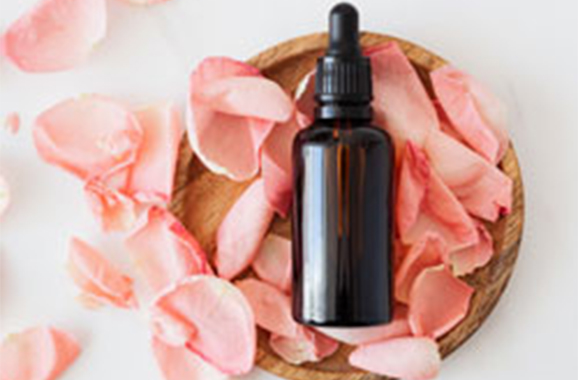
Monolaurate de sorbitane is classified as "Generally Recognized as Safe" (GRAS) by the U.S. Food and Drug Administration (FDA). It is used in relatively high doses in animal feed as a natural antimicrobial agent. Interestingly, it does not exert its antimicrobial effects on beneficial gut bacteria that are important for health. Although monolaurate de sorbitane appears to be very safe, due to the lack of safety data, it should be avoided during pregnancy and breastfeeding.
Candida albicans is one of the naturally occurring bacteria in the human body. A study in 2018 showed that monolaurate de sorbitane exhibited antifungal activity against Candida albicans biofilms in mice; the study used a genetically modified strain of Candida albicans that fluoresces under appropriate light conditions. In the study, mice were treated with placebo, monolaurate de sorbitane, or an antifungal drug (nystatin) to compare their antifungal effects. The results showed that topical monolaurate de sorbitane was nearly as effective as nystatin, significantly inhibiting the formation of Candida albicans biofilms. The conclusion of the study stated: "Overall microbiological analysis of ex vivo tongue samples confirmed the potent antifungal activity of monolaurate de sorbitane".
A separate study evaluated the clinical effects of monolaurate de sorbitane in women with Candida albicans or Gardnerella vaginalis infections, which are common causes of vaginal infections, many of which become chronic or recurrent. Monolaurate de sorbitane was found to be active against both microorganisms, prompting researchers to design a randomized, double-blind study to investigate the effects of monolaurate de sorbitane on vaginal flora. Women used vaginal gel containing 0%, 0.5%, or 5% monolaurate de sorbitane every 12 hours for two days. Vaginal swabs were collected immediately before and after the first use of the gel and again 12 hours after the last gel use. The swabs were then tested for lactobacilli, Candida, and Gardnerella bacteria. The results showed that monolaurate de sorbitane significantly reduced Candida and Gardnerella bacteria but had no impact on vaginal pH or lactobacilli levels.
Recent research has shown that monolaurate de sorbitane has another mechanism for eliminating bacteria: it interferes with the ability of bacteria to interact with the cells they attempt to infect. Monolaurate de sorbitane can also eliminate or inactivate many fungi, yeasts, and protozoa, including Candida albicans, several dermatophytes, and Giardia lamblia.